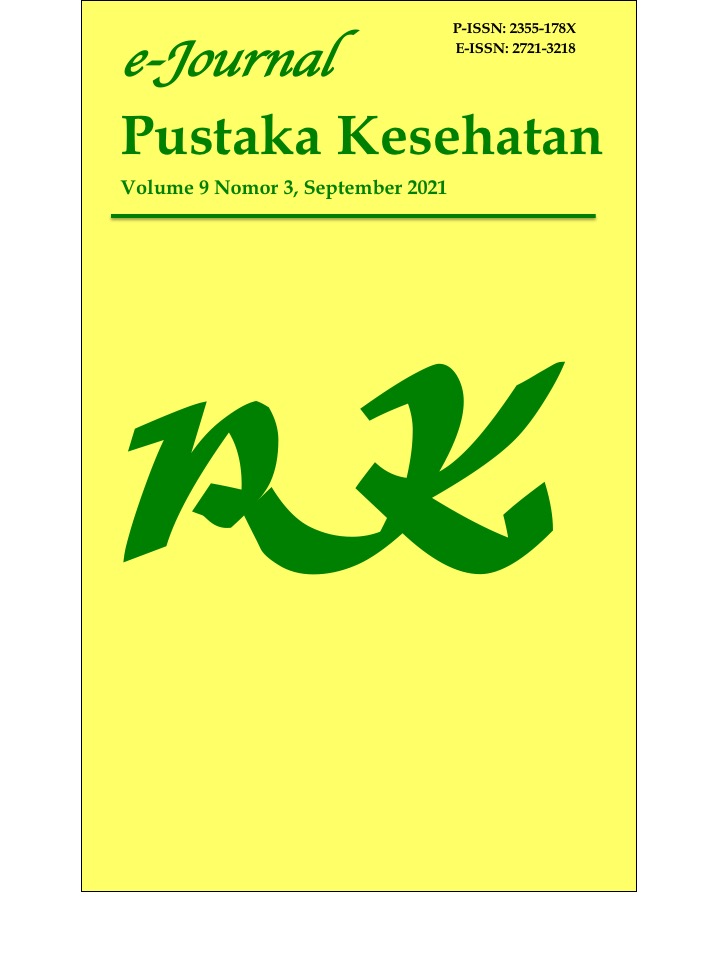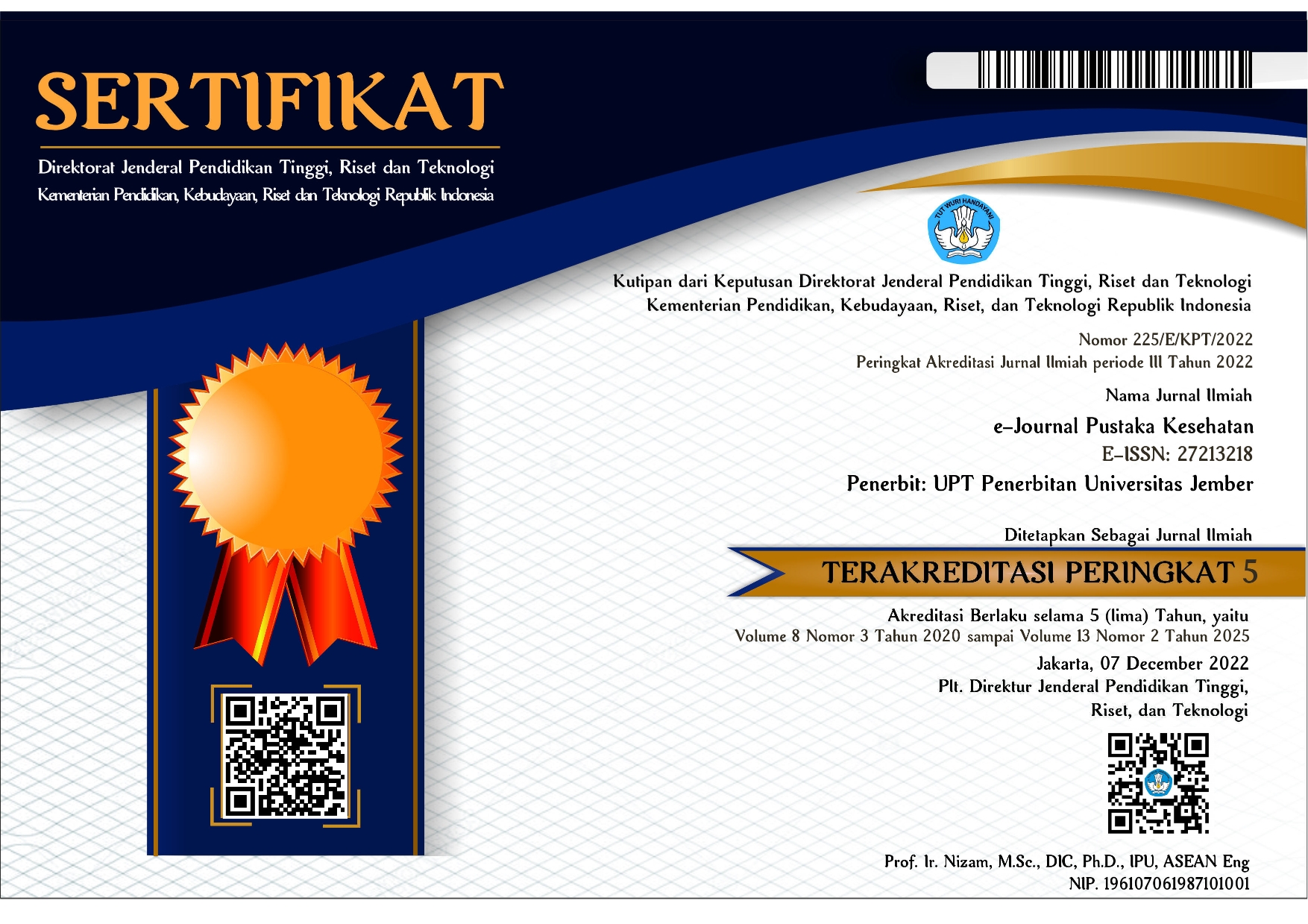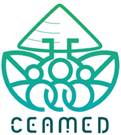Gambaran Masalah Keperawatan pada Anak dengan Kejang Demam di Rumah Sakit Perkebunan Wilayah Karesidenan Besuki
Abstract
A febrile convulsion is a neurological health problem in children age six months to 5 years. The increased temperature will cause horrible impacts to children, such as severe hypoxia, increased capillary permeability, brain edema, which can damage the neuron. The main problem of nursing in febrile convulsion is hyperthermia management. This research is retrospective descriptive and sampling technique total sampling on 161 participants. The data were obtained from the medical record in the estate hospital in the area of Besuki residency. The result shows that the most frequent nursing problem from febrile convulsion children is Hyperthermia 93,8%. The febrile convulsion that triggers hyperthermia is caused by an increased metabolism rate of 23,0% and has a nursing problem of 96,9%. Nursing problems that arise due to febrile convulsion consequence most often hyperthermia. Furthermore, other nursing problems that arise in child febrile convulsion are the ineffectiveness of airway clearance and ineffective breathing patterns. Other problems also arise, such as lack of fluid volume, ineffective tissue perfusion, ineffective brain perfusion, risk of falls, and injury.
References
[2] Kelompok Staf medis Ilmu kesehatan anak, Kejang demam. Jurnal Kesehatan 2017; 1(1): 41–44.
[3] Nindela R, Dewi MR, Ansori IZ. Karakteristik Penderita Kejang Demam di Instalasi Rawat Inap Bagian Anak Rumah Sakit Muhammad Hoesin Palembang. Jurnal Kedokteran Dan Kesehatan. 2014; 1(1): 41–45.
[4] Ismanto AY, Mulyadi, Putra HR. Hubungan Pengetahuan Perawat Tentang Kejang Demam Dengan Penanganan Kejang Demam Pada Instalasi Rawat Daryrat Anak (IRDA) Dan Ruang Perawatan Intensif (Rpi) Irina E Rsup Prof. Dr. R. D. Kandou Manado. 2014.
[5] Kusumastuti PN, Setyaningtyas A, Dharmawati I. Pasien Gawat Darurat Medik Anak RSUD Dr. Soetomo Surabaya 2011. Jurnal Ners. 2011; 7(2): 131-135.
[6] Dinas Kesehatan. Profil Kesehatan Kabupaten Situbondo 2016. Situbondo: Dinas Kabupaten Situbondo. 2016.
[7] Rahmawati D, Warasuti W, Ain H. Tindakan Ibu Dalam Menangani Balita Yang Mengalami Kejang Demam Di Rumah. Jurnal Keperawatan Terapan. 2015; 1(2): 53-59.
[8] Maliya A, Purwanti OS. Kegawatdaruratan Kejang Demam Pada Anak. Berita Ilmu Keperawatan. 2008; 1(2): 97- 100.
[9] Kania N. Kejang pada anak. Klinik Penanganan Kejang Pada Anak Di AMC Hospital Bandung. 2007: 1–6.
[10] Nindela R, Dewi MR, Ansori IZ. Karakteristik Penderita Kejang Demam di Instalasi Rawat Inap Bagian Anak Rumah Sakit Muhammad Hoesin Palembang. Jurnal Kedokteran Dan Kesehatan. 2014; 1(1): 41–45.
[11] Mahmood KT, Fareed T, Tabbasum R. Management of Febrile Seizures in Children. J Biomed Sci and Res. 2011; 3(1): 353–357.
[12] Amalia K, Fatimah F, Bennu M. Faktor Risiko Kejadian Kejang Demam Pada Anak Balita Diruang Perawatan Anak Rumah Sakit Umum Daerah Daya Kota Makasar. Jurnal Ilmiah Kesehatan Diagnosis. 2013; 1(6): 6-10.
[13] Yunita VE, Afdal A, Syarif I. Gambaran Faktor yang Berhubungan dengan Timbulnya Kejang Demam Berulang pada Pasien yang Berobat di Poliklinik Anak RS. DR. M. Djamil Padang Periode Januari 2010-Desember 2012. Jurnal Kesehatan Andalas. 2016; 5(3): 705–709.
[14] Salaria M, Singhi SC. Profile of Patient Attending Pediatric Emergency Service at Chandigarh. Indian Journal of Pediatrics. 2003; 10(70): 1-4.
[15] Lumbangtombing SM. Kejang Demam (Febrile Convulsions). Jakarta: Balai Penerbit FK UI. 2003.
[16] Verity CM, Greenwood R, Golding J. Long Term Intellectual and Behavioral Outcomes of Children With Febrile Convultaions. N Engl J Med. 1998; 33(8): 17-23.
[17] Maliya A, Purwanti OS. Kegawatdaruratan Kejang Demam Pada Anak. Berita Ilmu Keperawatan. 2008; 1(2): 97-100.
[18] Aswin A, Annisa M, Hasanah N. Hubungan Kadar Hemoglobin Dengan Kejang Demam Pada Anak Yang Disebabkan Infeksi Saluran Pernapasan Akut: Studi Kasus Kontrol. Jurnal Sari Pediatri. 2019; 20(5): 1-6.
[19] Dewanti A, Widjaya JA, Tjandrajani A, Burhany AA. Kejang Demam dan Faktor Yang Mempengaruhi Rekurensi. Sari Pediatri. 2012; 14(01): 57-61.
[20] Javadi MS, Naseri R, Moshfeghi S, Allahyari I, Izadi V, Mohammadi R. Etiology, Epidemiologic Characteristics and Clinical Pattern of Children with Febrile Convulsion Admitted to Hospitals of Germi and Parsabad towns in 2016. World Fam Med J. 2017; 15(8): 217–222.
[21] Arifuddin A. Analisis Faktor Risiko Kejadian Kejang Demam Di Ruang Perawatan Anak RSU Anutapura Palu. Jurnal Kesehatan Tadakulo. 2016; 2(2): 60-72.
[22] Abdoerrahcman. Ilmu Kesehatan Anak 3. Infomedika Jakarta: Jakarta. 2007.
[23] Jones T, Jacobsen SJ. Childhood febrile seizures: Overview and implications. International Journal of Medical Sciences. 2007; 4(2): 110–114.
e-Journal Pustaka Kesehatan has CC-BY-SA or an equivalent license as the optimal license for the publication, distribution, use, and reuse of scholarly work. Authors who publish with this journal retain copyright and grant the journal right of first publication with the work simultaneously licensed under a Creative Commons Attribution-ShareAlike 4.0 International License that allows others to share the work with an acknowledgment of the work's authorship and initial publication in this journal.











